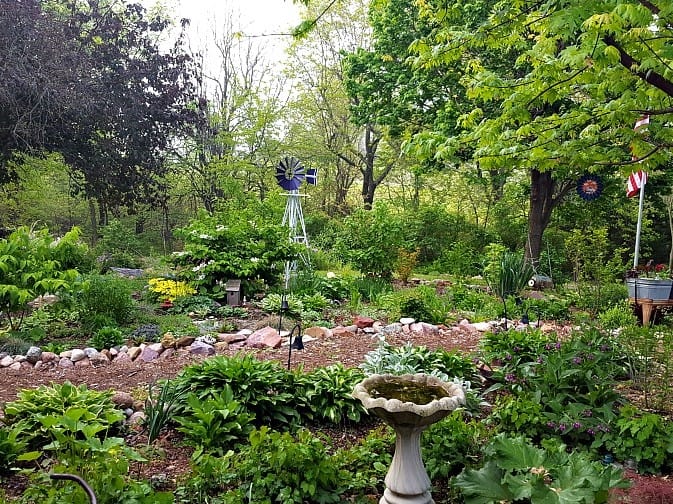I was recently discussing attracting birds with a church member. She was disappointed by the lack of diversity in bird species that visited her yard on a yearly basis. She lives in the country, away from large populations of people, surrounded mostly by crop ground, with a few narrowly wooded ravines and ponds.
Even though she has a number of trees and a landscaped yard, she does not attract the number of species she would desire to have. But the typical landscape does not attract more than a handful of feathered friends. These being mainly sparrows, finches, cardinals, blue jays, wrens, bluebirds, and mourning doves.
Why do I have so few birds species?
First
The location you live in is going to greatly affect the amount of bird species you get in your yard, whether or not you use feeders. If you live in an area filled mostly with mono-cultures of crops like corn, soybeans, and wheat, you will not have a great variety of birds.
Better places to live would be on the edge of native prairies, pastures, or near wooded areas. Even inside cities is a better option for bird lovers, as there are many more food sources available through diverse landscapes in cities, than in farmlands.

Second
Your water source is an issue. Birds, just like humans and every other animal species, need water. While some, like ducks, geese, and kingfishers, need water to live by for habitat and food sources, all others need it to drink.
While many homeowners provide a birdbath or small fountain, they typically do not have a big enough water source to attract more birds. Even if you live in the right place, you may not be seeing the birds you want to see because they have to fly farther out for water and are looking for a food source near the water. Living near a stream, lake, pond, river, or having a large pond in your yard will improve the situation.
Third
Your landscaped yard may be the biggest deterrent to nest and feeding birds. If your landscape is “squeaky clean” and full of mostly non-native plants and a large, clean lawn, it will not be a habitat for a wide range of birds.
If you have everything mowed, trimmed, weeded, and sprayed to within an inch of its life, you will not have birds. Most birds eat insects during the warmer months of the year, and if you deny them this source of food by spraying all the bugs you will be disappointed in the lack of birds.
What can I do to be attracting birds?
The first step is to evaluate your landscape. Take inventory of the number and kinds of trees, shrubs, and perennials you have. A diverse landscape should have at least 75 percent of its plant species be native to the region.
Also, if you have only 10 trees in your landscape, you should have no more than 2 of any genus. This means, that if you have 10 trees, there should be numbers such as 2 maple, 2 oak, 1 birch, 1 redbud, 1 pear, 1 ginkgo, 1 Seven-Son, and 1 crabapple.

But note: 2 of those 10 provide no nourishment to birds during the growing season (ornamental pear and ginkgo), because no native insects feed on them.
How can I be attracting birds with trees?
Once you have you count of species, then you can begin looking at where you need to fill in. The more trees you have, the better, for trees offer a greater benefit to birds than any other plant. Some tree species, such as oak, hackberry, black cherry, and hickory provide food for hundreds of insects which in turn provide food for birds.
What shrubs should I add to attract birds?
Among shrubs, species that attract a wide range of insects include native viburnums, hazelnut, chokecherry, American plum, and coralberry.
What perennials should I add to attract birds?
When thinking about perennials, do not forget grasses. Add in as many native perennials in both the shade garden and sun garden as possible.
This is all possible without condemning your landscape to look ragged and messy. You can still have a nice yard and have birds too. The key is right plant for the right place.

What is coming next week…
Next week I will get more specific about what birds want in the habitat they use and what you can do to make your landscape more attractive to them.




